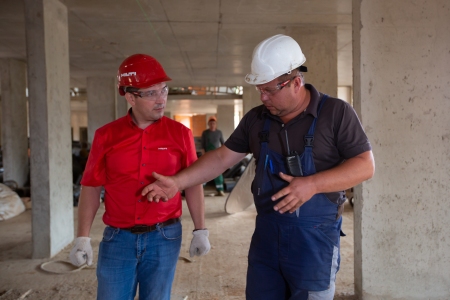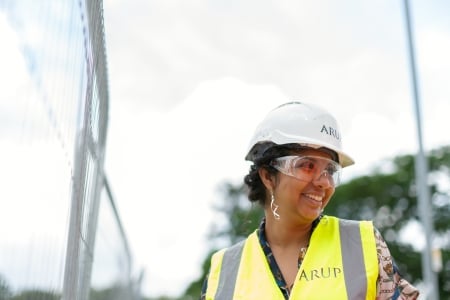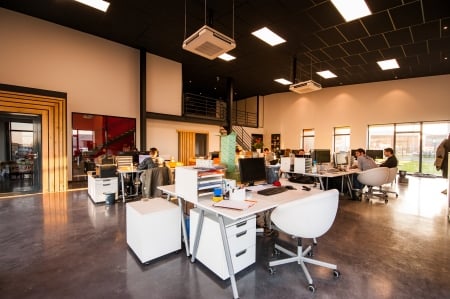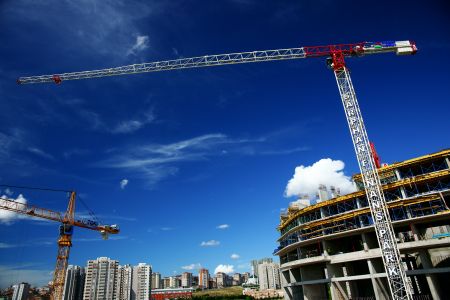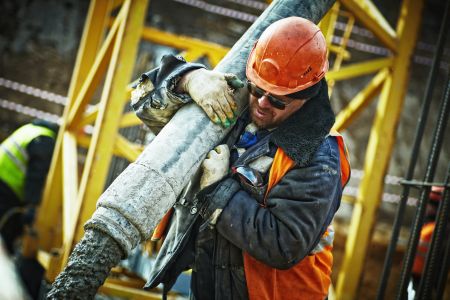There is one thing certain as the months go by: artificial intelligence (AI) grows day by day. Modern-day advents like machine learning may enable AI to greatly impact almost every field of work. It has already created a ripple effect across all industries that either incites enthusiasm or great fear within members of said industries.
The construction industry has come a long way in embracing technological advancements to streamline processes, enhance productivity, and improve efficiency. From 3D printing and Building Information Modeling (BIM) to drones and virtual reality, technology has undoubtedly revolutionized the way construction projects are executed.
However, amidst these innovations, it is crucial to remember that people remain the most important aspect of the construction process.
This month marks three years since the shutdown in the United States for COVID-19, and the construction industry has since deeply felt the effects of the pandemic. Labor shortages, supply chain issues, and high costs of building materials slowed both new and ongoing projects for quite some time. As 2023 rolls on, we have seen an increase in construction starts that bode well for the rest of the year to come.
Topics: construction industry
Finding the positives in construction projects can improve your relationship with the community
The NIMBY (Not In My BackYard) is a well known persona in construction and development. NIMBYs like things in their community just as they are and aren’t keen on new construction or development in “their backyard.” NIMBYs appreciate the consistency of the route home – one so familiar they could drive it with their eyes closed. They hold dear the open fields that help create colorful scenes at sunset. They're quite content going to the same restaurants they’ve been visiting for years. Simply, NIMBYs love the familiarity of their community.
Topics: construction industry
What’s in store for the construction industry over the next year
Inflation rates will determine the health of the construction industry next year, as well as the U.S. economy as a whole.
As projected in the new year, if interest rates stop increasing and core inflation continues to improve, the U.S. economy will begin to stabilize within the next year, which is a promising outlook for the construction industry as a whole.
In 2022 construction projects increased by nearly 20% and are expected to remain steady in the next year, which is an improvement from the fluctuation after the COVID-19 pandemic.
This is not to say the construction industry is without challenges over the next 12 months. According to Equipment World’s 2023 Industry Outlook, here are the key takeaways to prepare for the year ahead.
Topics: construction industry
How the CHIPS Act will impact your future construction plans and projects
Not a manufacturer? This massive bill could still impact your construction project.
In early August, President Biden signed the CHIPS and Science Act, enacting legislation to help keep more semiconductor manufacturing in the U.S. and reduce reliance on overseas production. The $52 billion CHIPS Act will subsidize U.S. semiconductor manufacturing and provide a 25% tax credit for companies that build facilities in the U.S.
Topics: construction industry
3 trends for today’s office buildings: Flexibility and health are top priorities
When the COVID-19 pandemic hit, remote work became a way of life. More than two years later, companies continue to realize the benefits that a flexible work location can have on employee productivity. And with 83% of workers preferring a hybrid model, leaders also realize how offering hybrid options can retain and attract talent.
Topics: construction industry
Construction costs are rising — What does that mean for you?
Since the beginning of the pandemic in 2020, the cost of building materials has steadily risen alongside an increasing labor shortage. Supply chain issues have caused a spike in costs and severely extended the timelines for new construction.
Topics: construction industry
Construction is a historically male-dominated field. With women accounting for approximately 47% of the total workforce, supporting female construction workers is vital for long-term industry growth. According to data from the U.S. Bureau of Labor Statistics, women make up only 11% of the industry.
Topics: construction industry
Insights from the 2020 Bureau of Labor Statistics report on fatal construction job-site injuries.
The annual release of the Bureau of Labor Statistics census of fatal occupational injuries is one of the best measurements of worker safety nationwide. The latest report shows that the number of fatal work injuries in 2020 was the lowest since 2013.
Topics: construction industry, safety


